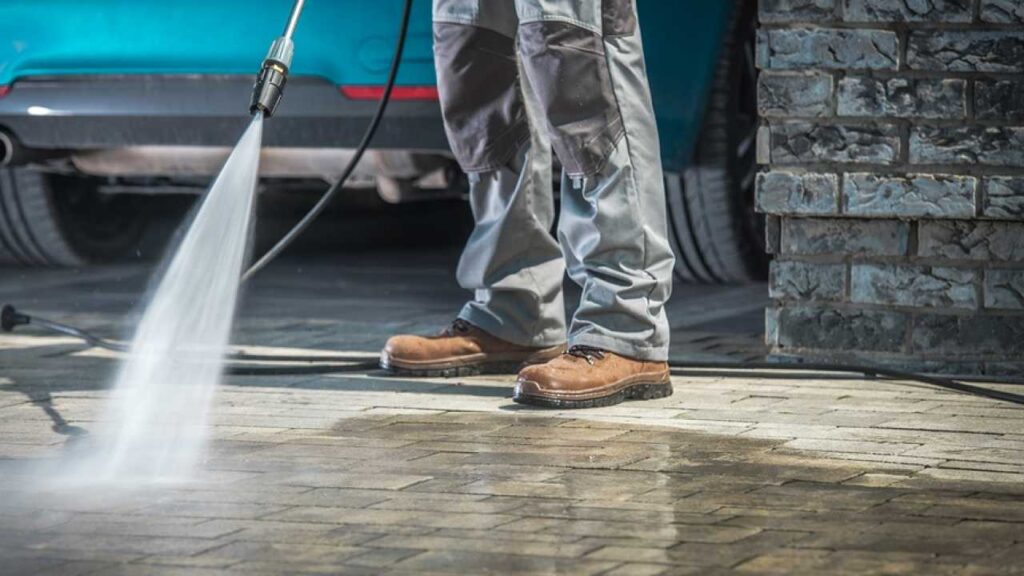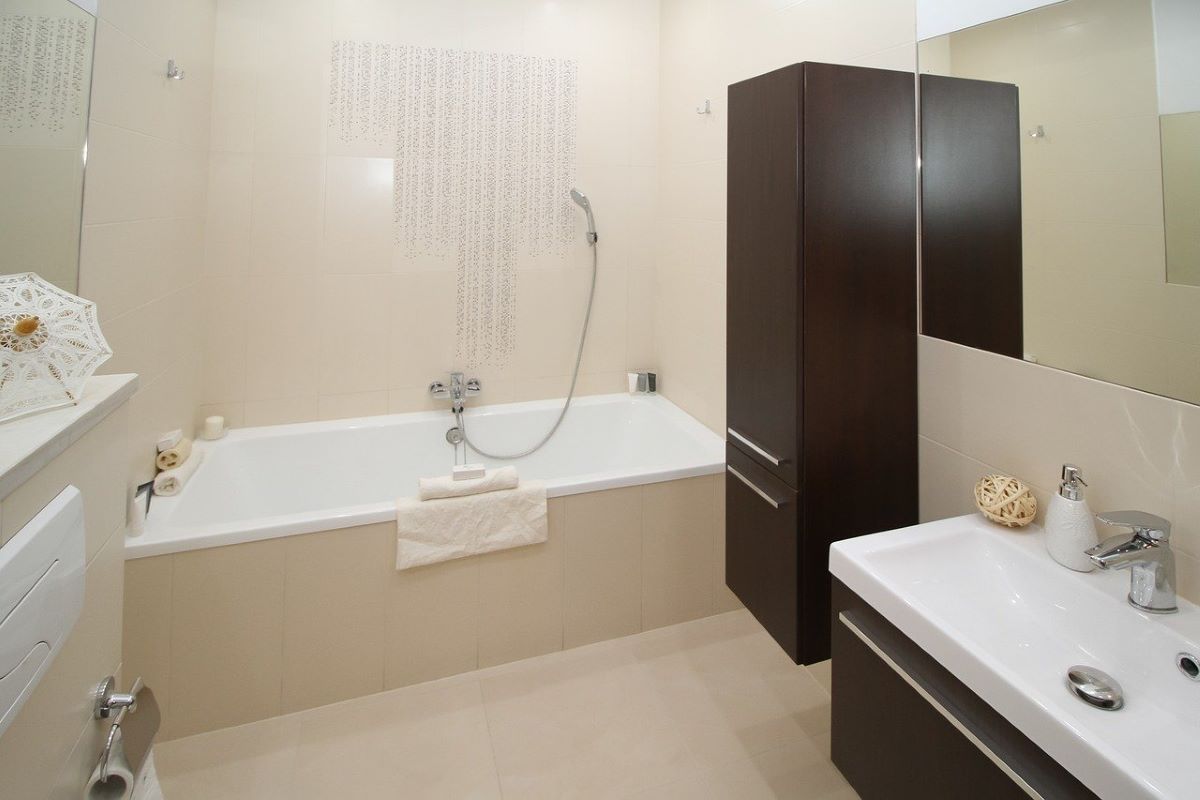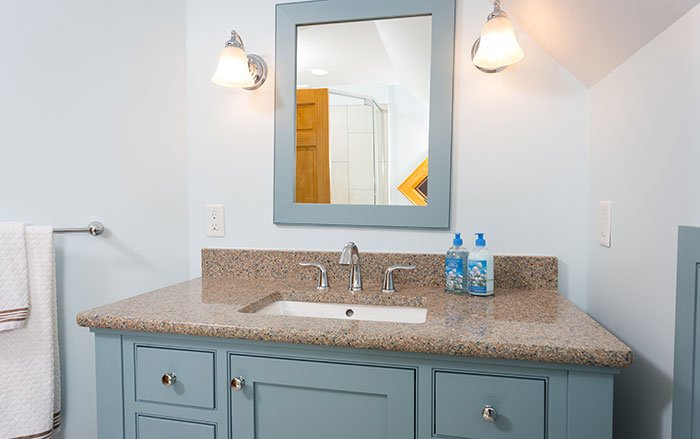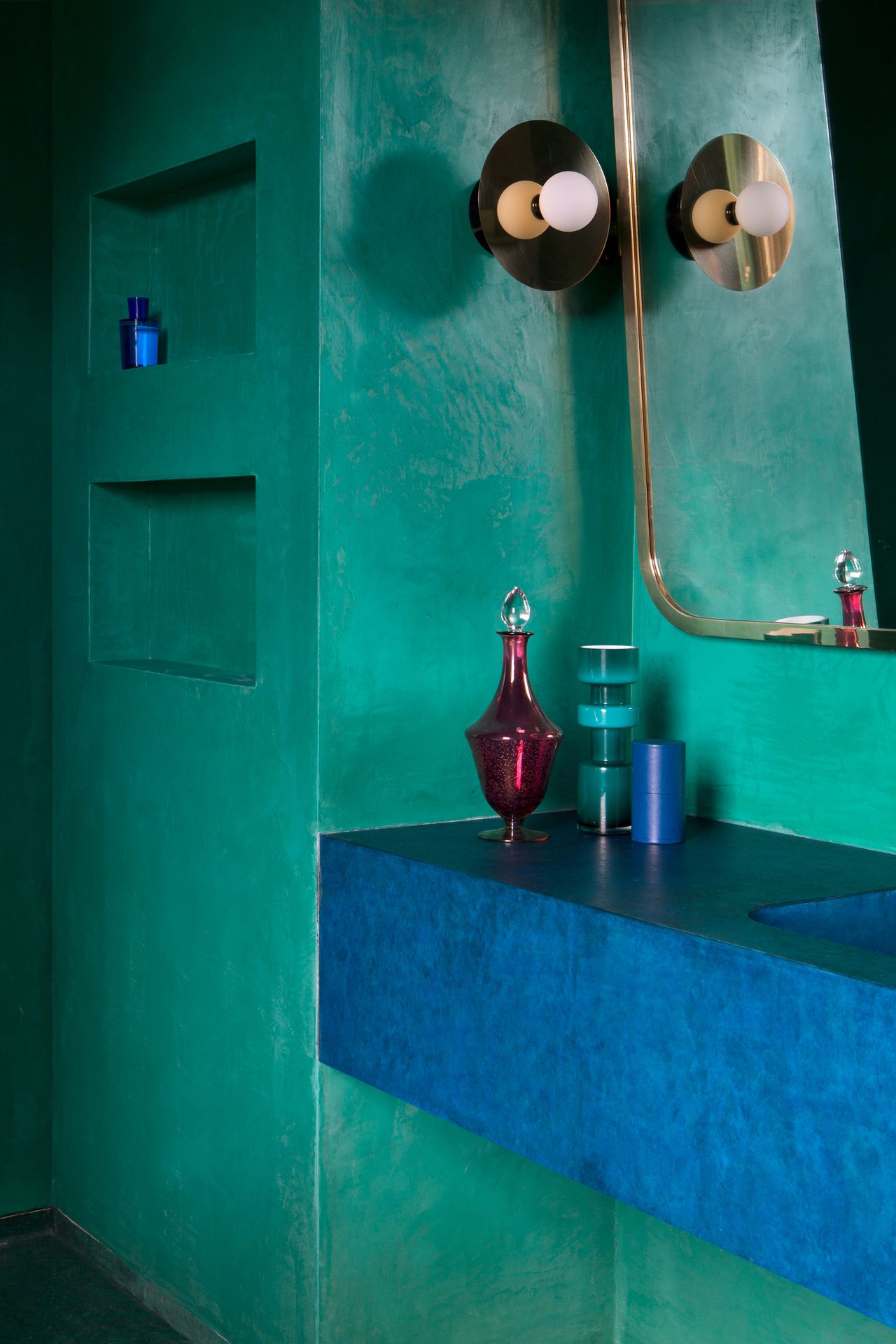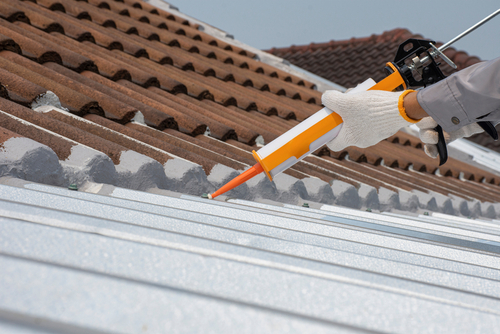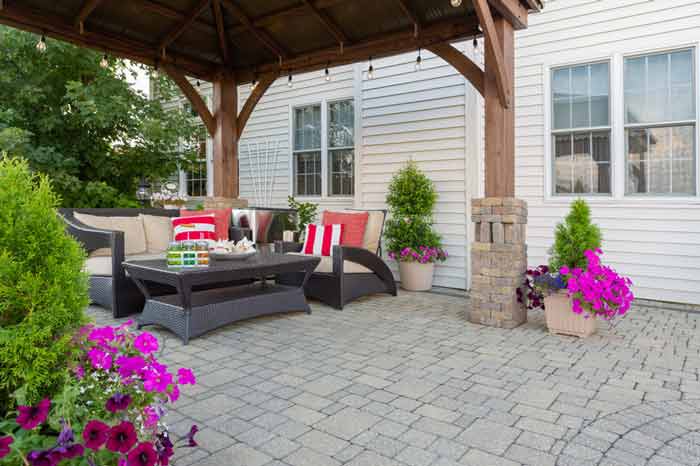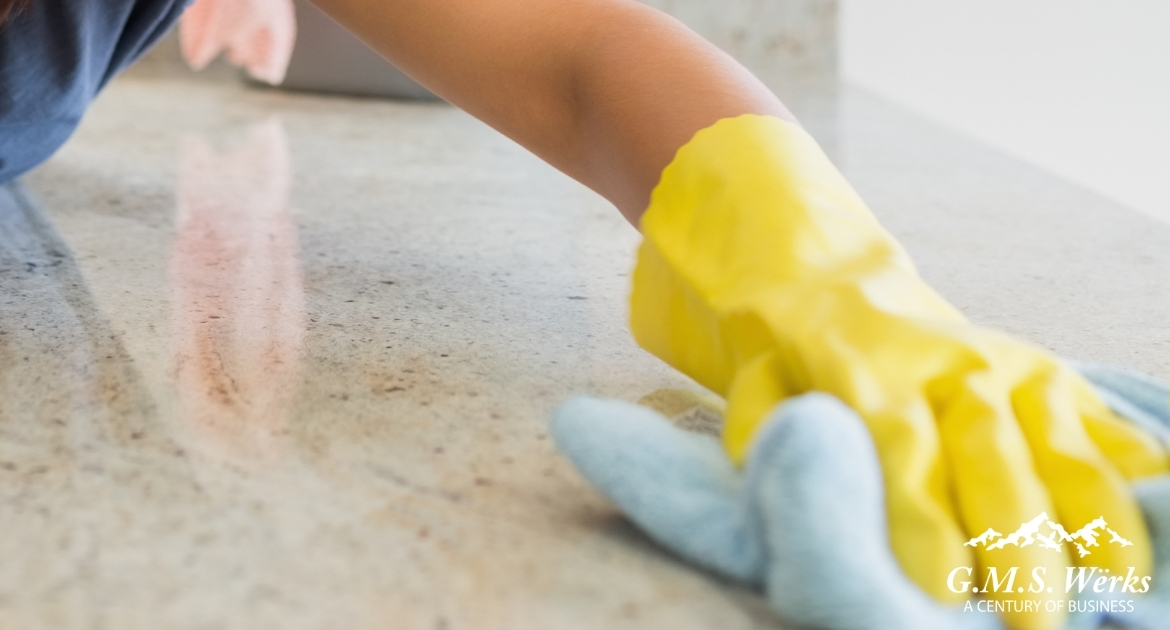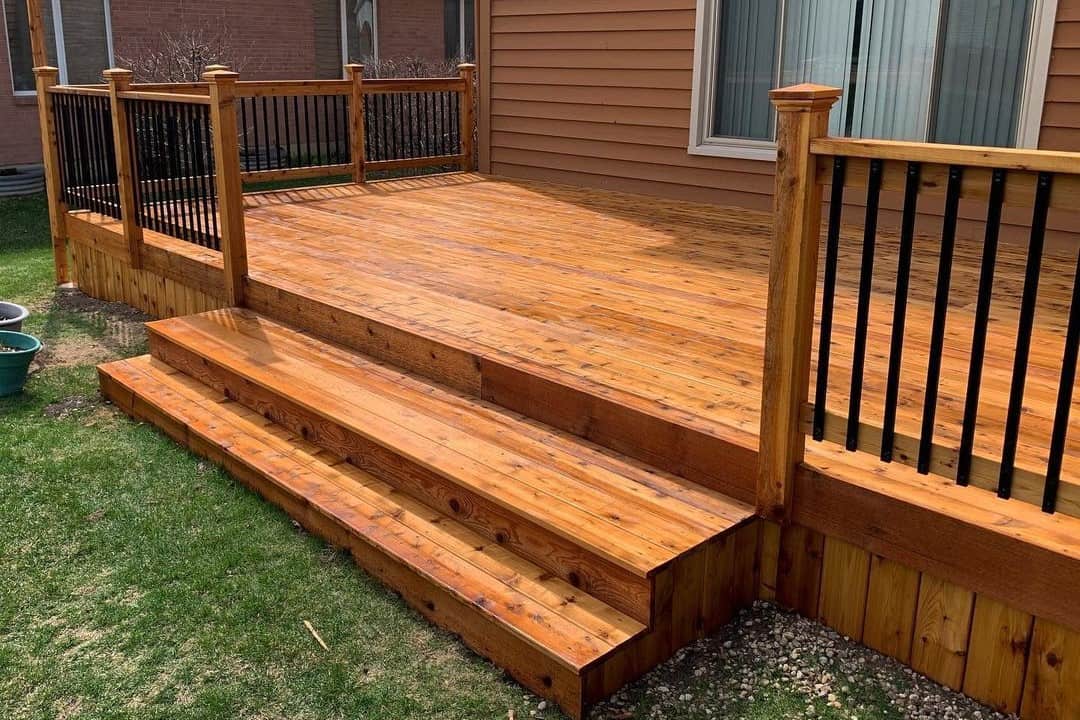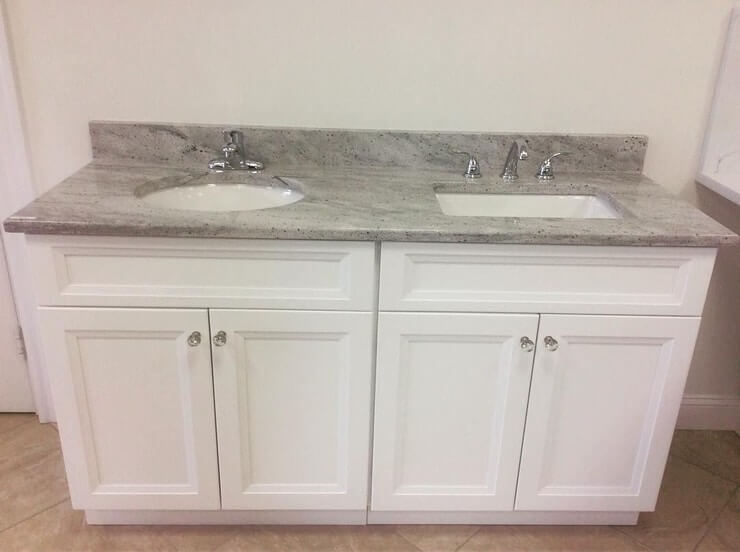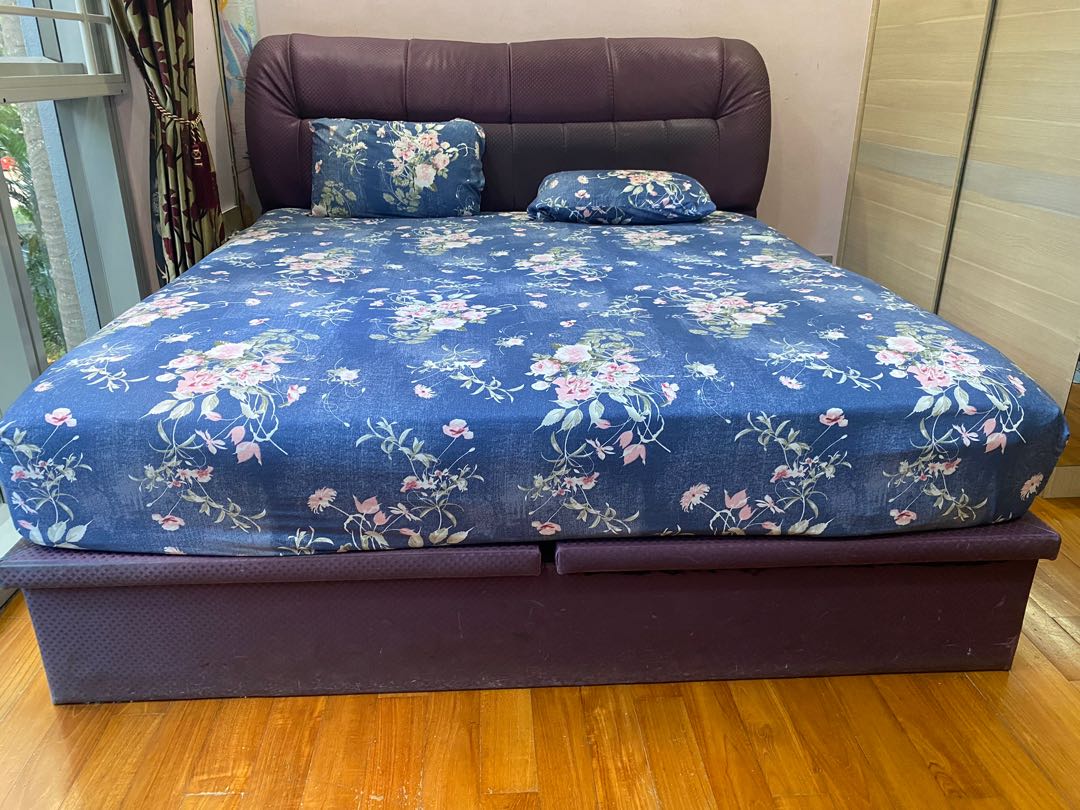A bathroom vanity is an essential part of any bathroom, providing storage, functionality, and style. However, constant exposure to water and humidity can cause damage and wear over time. That's why sealing your bathroom vanity is crucial to maintaining its beauty and durability. Here's what you need to know about sealing a bathroom vanity. First, let's understand what sealing is and why it's necessary. Sealing is the process of applying a protective layer to the surface of your bathroom vanity to prevent water and other liquids from seeping in and causing damage. Think of it as a shield that keeps your vanity safe from moisture, stains, scratches, and discoloration. Sealing your bathroom vanity is especially important if it's made of wood, as wood is a porous material that can easily absorb water and warp over time. Even if your vanity is made of a non-porous material like marble or granite, sealing can still provide an extra layer of protection against water damage and staining.Sealing A Bathroom Vanity: What You Need to Know
Now that you understand the importance of sealing, let's go through the steps on how to seal your bathroom vanity. Step 1: Clean your vanity thoroughly with a mild cleaner to remove any dirt, grime, or residue. Make sure to dry it completely before proceeding to the next step. Step 2: Choose the right sealant for your vanity material. There are different types of sealants available, such as polyurethane, wax, and oil-based sealers. Make sure to read the label and choose the one that is suitable for your vanity material. Step 3: Apply the sealant evenly using a brush or a clean cloth. Work in small sections and make sure to cover the entire surface of your vanity. Let it dry completely before applying a second coat if necessary. Step 4: Once the sealant is dry, use a fine-grit sandpaper to smooth out any imperfections. Wipe off any dust or debris with a clean cloth. Step 5: Apply a second coat of sealant for added protection. Let it dry completely before using your bathroom vanity.How to Seal a Bathroom Vanity
As mentioned earlier, there are different types of sealants available for bathroom vanities. Here are some of the best sealants for different types of vanity materials:Best Sealant for Bathroom Vanity
If you're new to sealing and unsure of where to start, here's a step-by-step guide to help you through the process: Step 1: Gather all the necessary materials, including a mild cleaner, sealant, brush or cloth, sandpaper, and a clean cloth. Step 2: Clean your vanity thoroughly and let it dry completely. Step 3: Choose the right sealant for your vanity material. Step 4: Apply the sealant evenly, working in small sections. Step 5: Let the sealant dry completely before applying a second coat if necessary. Step 6: Smooth out any imperfections with sandpaper and wipe off any dust or debris. Step 7: Apply a second coat of sealant and let it dry completely before using your bathroom vanity.Step-by-Step Guide to Sealing Your Bathroom Vanity
Sealing your bathroom vanity has several benefits, including:Benefits of Sealing Your Bathroom Vanity
When it comes to sealants, it's essential to choose a reputable brand to ensure quality and long-lasting protection. Here are some of the top sealant brands for bathroom vanities:Top Sealant Brands for Bathroom Vanities
While sealing a bathroom vanity is a relatively simple process, it does require attention to detail and proper technique to ensure a quality finish. You can choose to do it yourself or hire a professional. Here are some things to consider when deciding between a DIY or professional sealing:DIY vs Professional Sealing for Bathroom Vanities
Sealing a bathroom vanity is a straightforward process, but there are some common mistakes that can affect the quality and durability of the seal. Here are some mistakes to avoid:Common Mistakes to Avoid When Sealing a Bathroom Vanity
The frequency of sealing your bathroom vanity depends on several factors, such as the material, usage, and exposure to water. As a general rule, it's recommended to seal your vanity every 1-2 years, or whenever you notice signs of wear and tear.How Often Should You Seal Your Bathroom Vanity?
Some people may wonder if staining their bathroom vanity is a better option than sealing it. While staining can enhance the appearance of your vanity, it doesn't provide the same level of protection as sealing. Staining also requires more maintenance, as the color can fade over time. Sealing is a more practical and long-term solution for maintaining the beauty and durability of your bathroom vanity. Sealing your bathroom vanity is a simple yet crucial step in maintaining its beauty and functionality. By following the right steps and using the proper sealant, you can ensure long-lasting protection and enjoy your vanity for years to come.Sealing vs Staining a Bathroom Vanity: Which is Better?
Why Sealing Your Bathroom Vanity is Important

The Role of a Bathroom Vanity in House Design
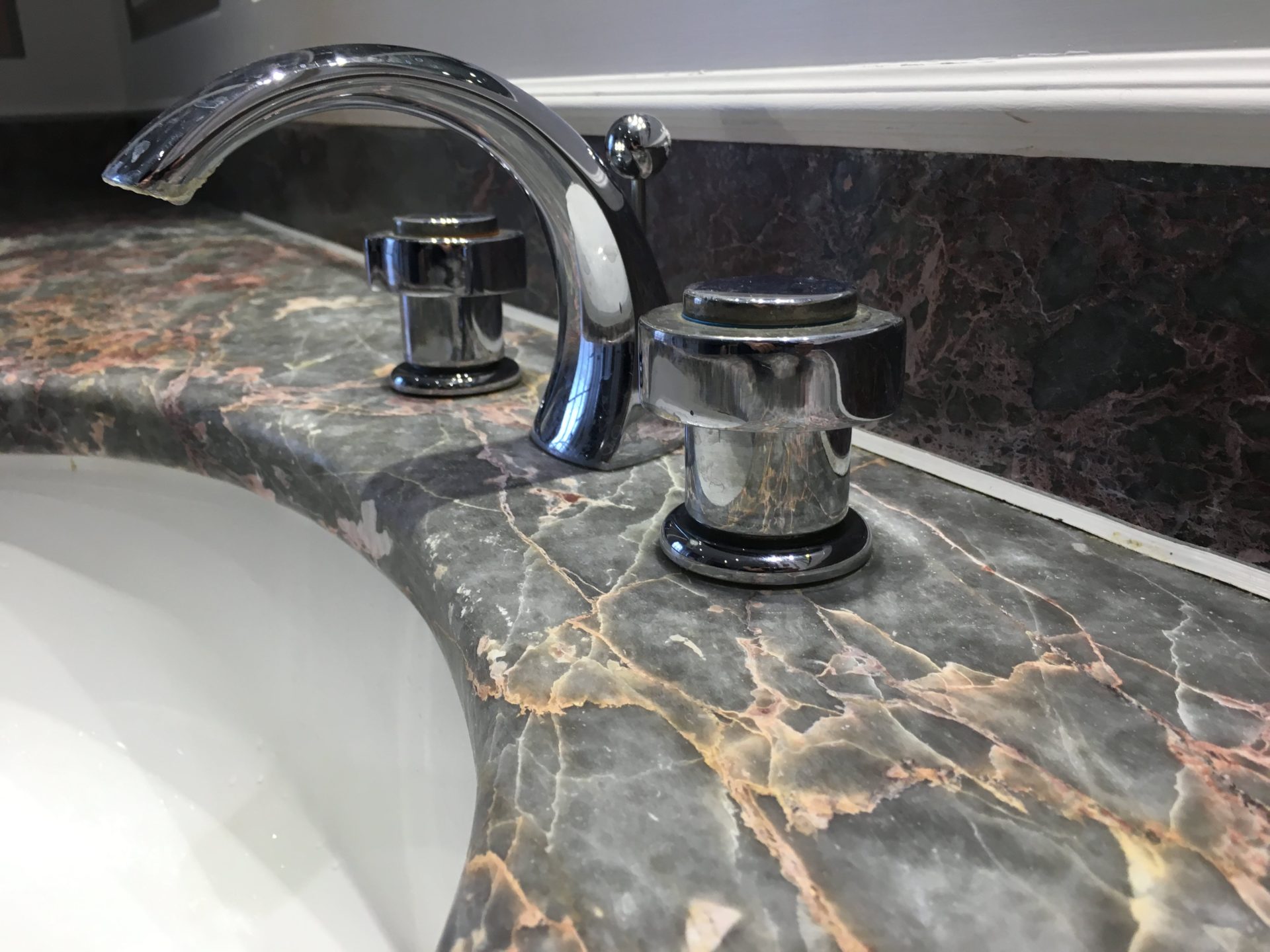 A bathroom vanity is an essential element in any bathroom design. Not only does it provide storage and organization for your toiletries and other bathroom essentials, but it also serves as a focal point in the room. With its prominent placement and frequent use, it's important to properly maintain and protect your bathroom vanity to ensure it remains in pristine condition for years to come.
A bathroom vanity is an essential element in any bathroom design. Not only does it provide storage and organization for your toiletries and other bathroom essentials, but it also serves as a focal point in the room. With its prominent placement and frequent use, it's important to properly maintain and protect your bathroom vanity to ensure it remains in pristine condition for years to come.
The Dangers of Not Sealing Your Bathroom Vanity
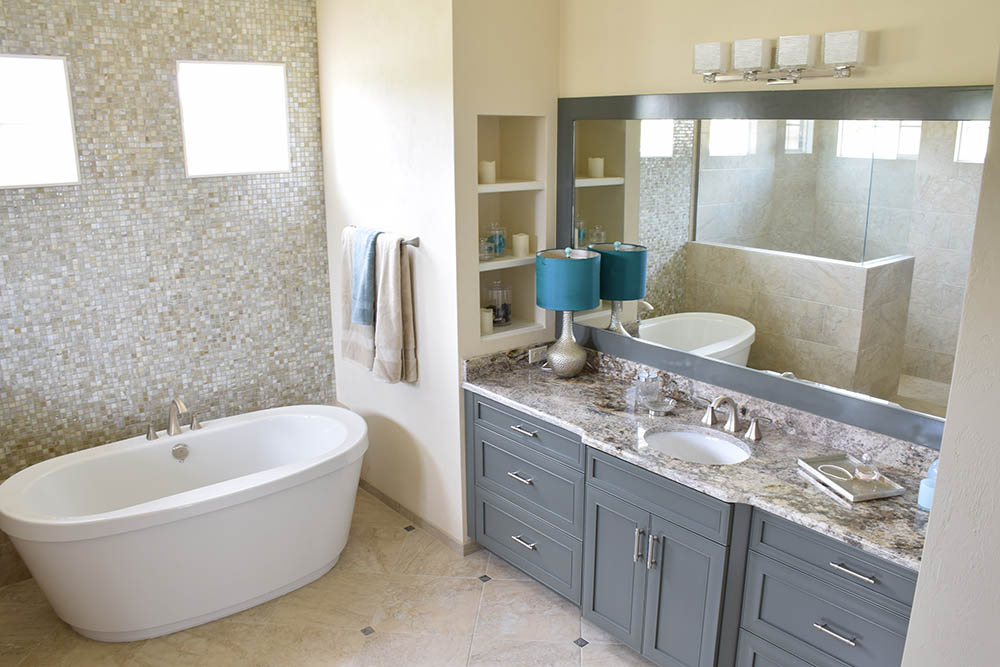 Without proper sealing, your bathroom vanity is susceptible to damage from moisture, heat, and other elements. This can lead to warping, cracking, and discoloration of the wood or other materials used to construct the vanity. In addition, without a protective seal, your vanity is more vulnerable to scratches and stains from everyday use. This can result in a shabby and unappealing appearance, diminishing the overall aesthetic of your bathroom.
Without proper sealing, your bathroom vanity is susceptible to damage from moisture, heat, and other elements. This can lead to warping, cracking, and discoloration of the wood or other materials used to construct the vanity. In addition, without a protective seal, your vanity is more vulnerable to scratches and stains from everyday use. This can result in a shabby and unappealing appearance, diminishing the overall aesthetic of your bathroom.
The Benefits of Sealing Your Bathroom Vanity
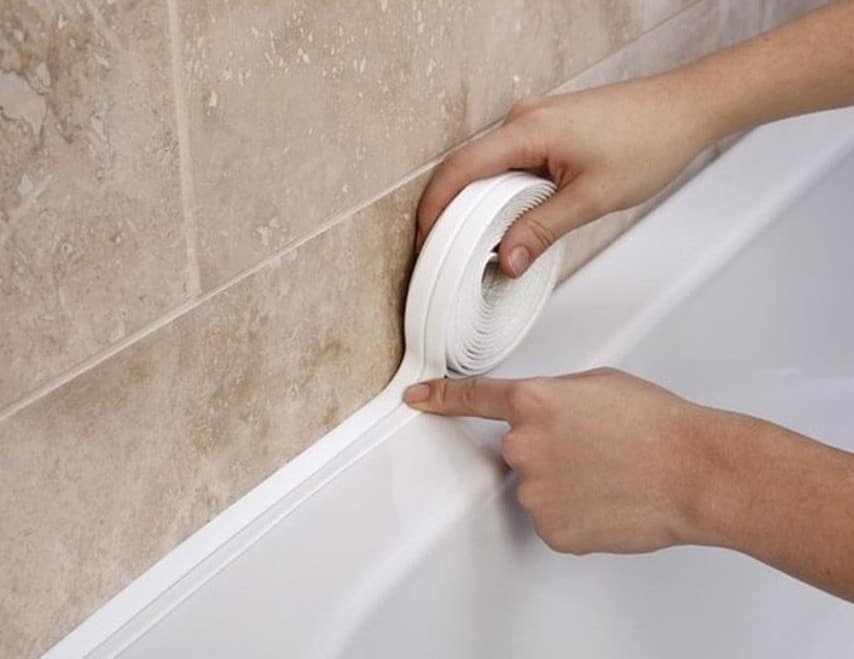 Sealing your bathroom vanity is a crucial step in maintaining its beauty and functionality. A high-quality sealant acts as a barrier, protecting the surface of your vanity from water, heat, and other potential damage. It also makes cleaning and maintenance much easier, as spills and stains can be wiped away without causing any lasting harm. Furthermore, a sealant can enhance the natural color and shine of your vanity, giving it a polished and professional look.
Sealing your bathroom vanity is a crucial step in maintaining its beauty and functionality. A high-quality sealant acts as a barrier, protecting the surface of your vanity from water, heat, and other potential damage. It also makes cleaning and maintenance much easier, as spills and stains can be wiped away without causing any lasting harm. Furthermore, a sealant can enhance the natural color and shine of your vanity, giving it a polished and professional look.
The Process of Sealing Your Bathroom Vanity
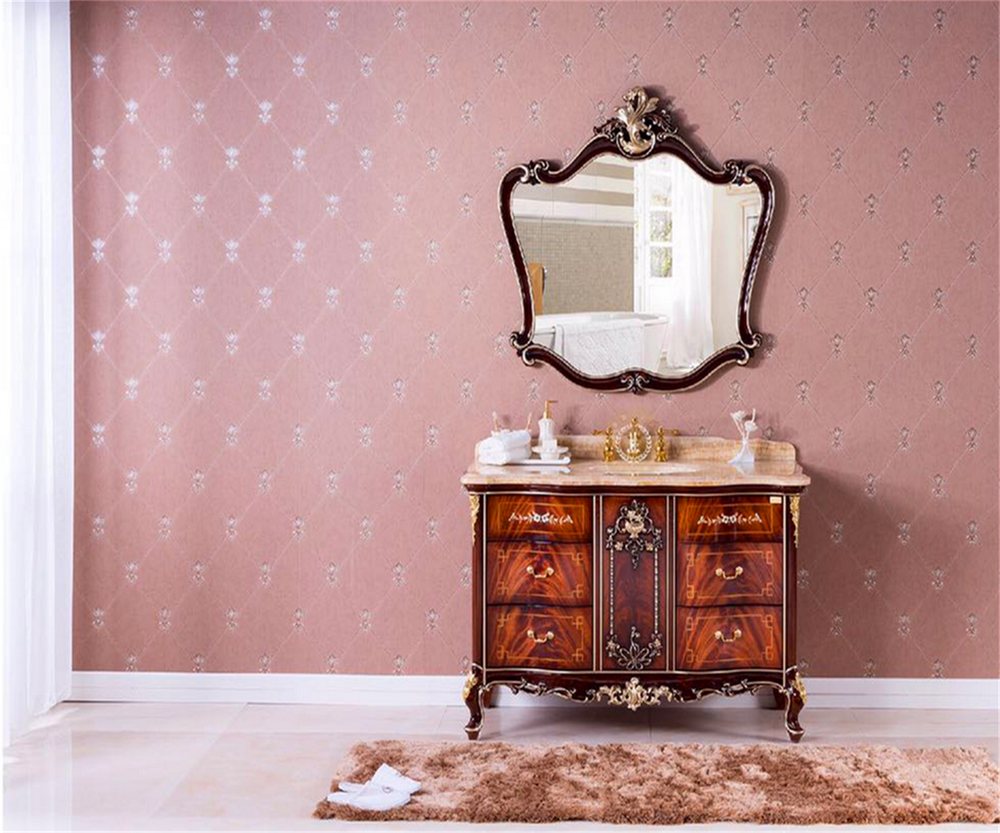 Sealing a bathroom vanity is a relatively simple process that can be done by most homeowners. First, make sure your vanity is clean and dry before beginning. Then, using a brush or cloth, apply the sealant evenly over the entire surface of the vanity. Allow the sealant to dry completely before applying a second coat for maximum protection. Finally, buff the surface with a clean, dry cloth to remove any excess sealant and reveal a beautiful, glossy finish.
Sealing a bathroom vanity is a relatively simple process that can be done by most homeowners. First, make sure your vanity is clean and dry before beginning. Then, using a brush or cloth, apply the sealant evenly over the entire surface of the vanity. Allow the sealant to dry completely before applying a second coat for maximum protection. Finally, buff the surface with a clean, dry cloth to remove any excess sealant and reveal a beautiful, glossy finish.
Conclusion
 In conclusion, sealing your bathroom vanity is a crucial step in maintaining its functionality and appearance. By protecting it from potential damage, you can ensure that your bathroom vanity remains a beautiful and functional element in your house design for years to come. So don't neglect this important task – take the time to seal your bathroom vanity and enjoy its many benefits.
In conclusion, sealing your bathroom vanity is a crucial step in maintaining its functionality and appearance. By protecting it from potential damage, you can ensure that your bathroom vanity remains a beautiful and functional element in your house design for years to come. So don't neglect this important task – take the time to seal your bathroom vanity and enjoy its many benefits.






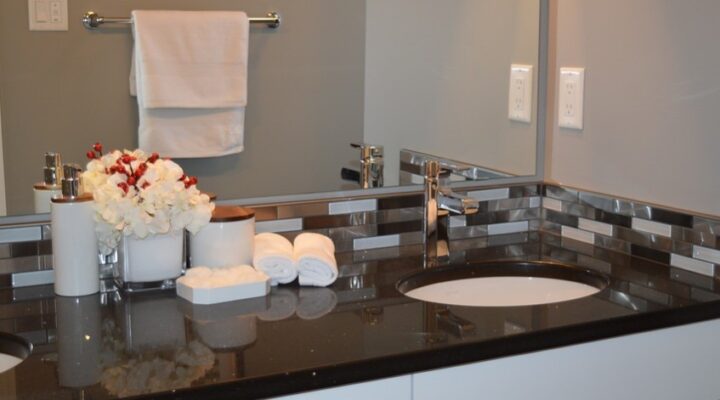

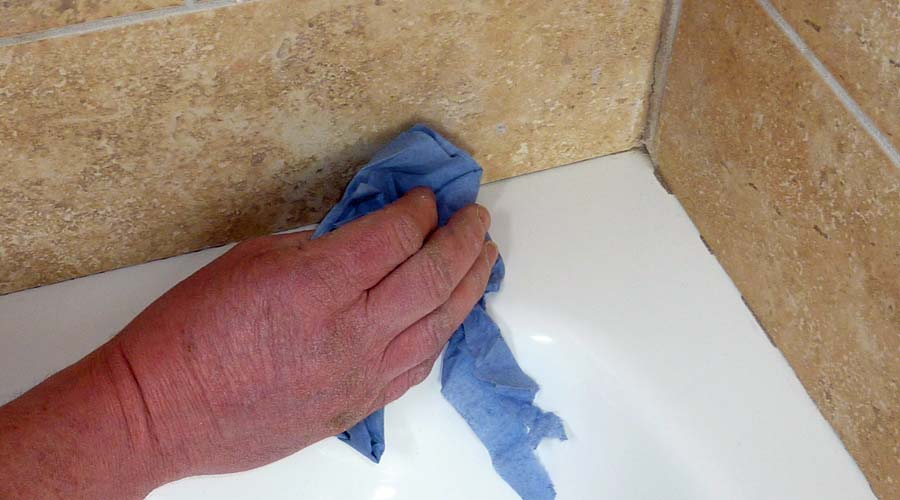










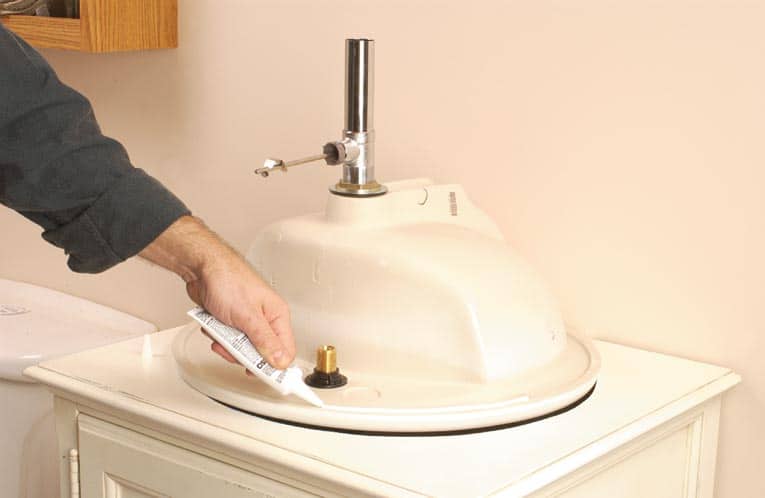





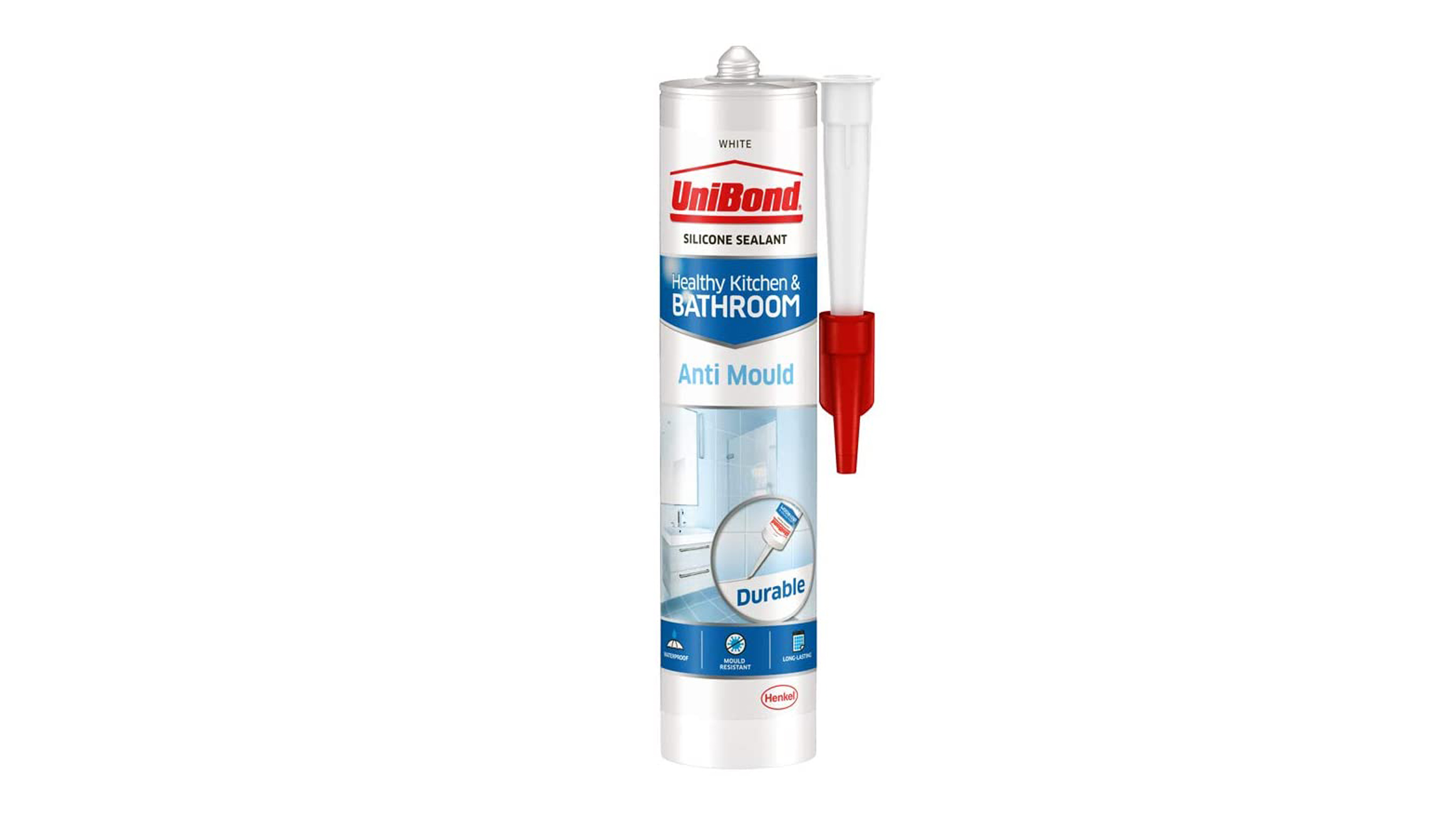
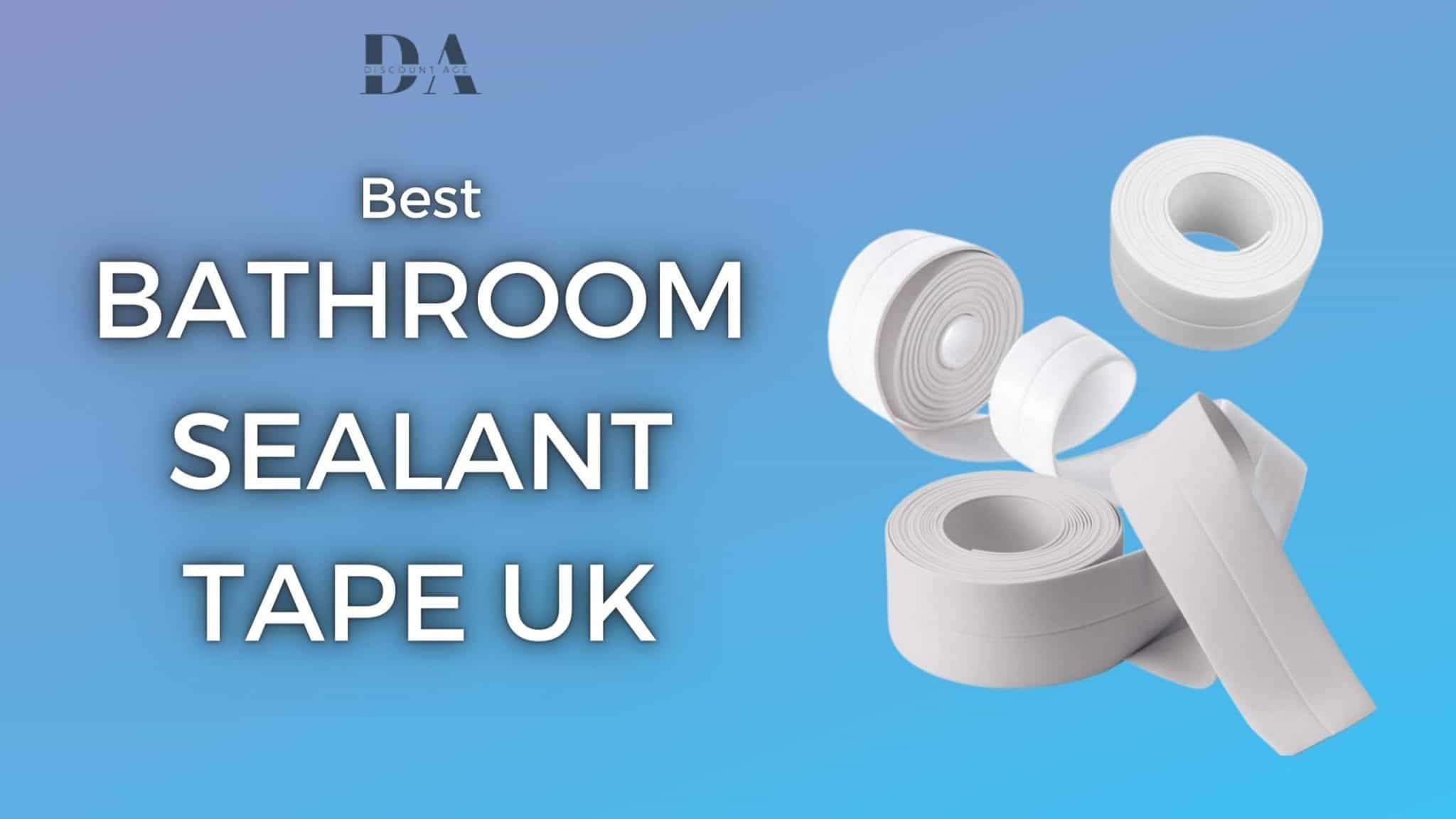

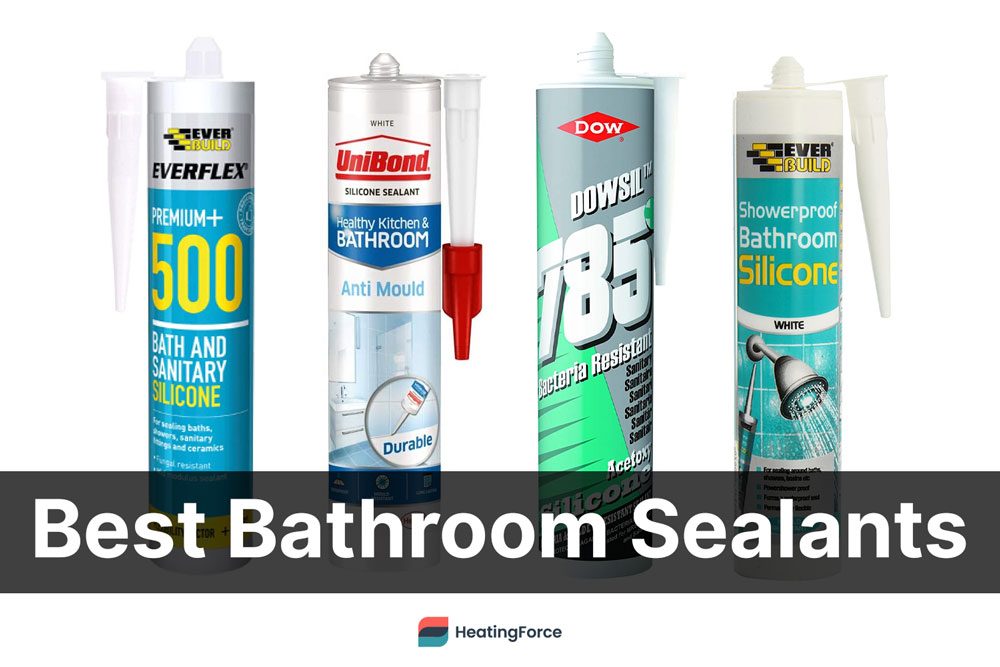
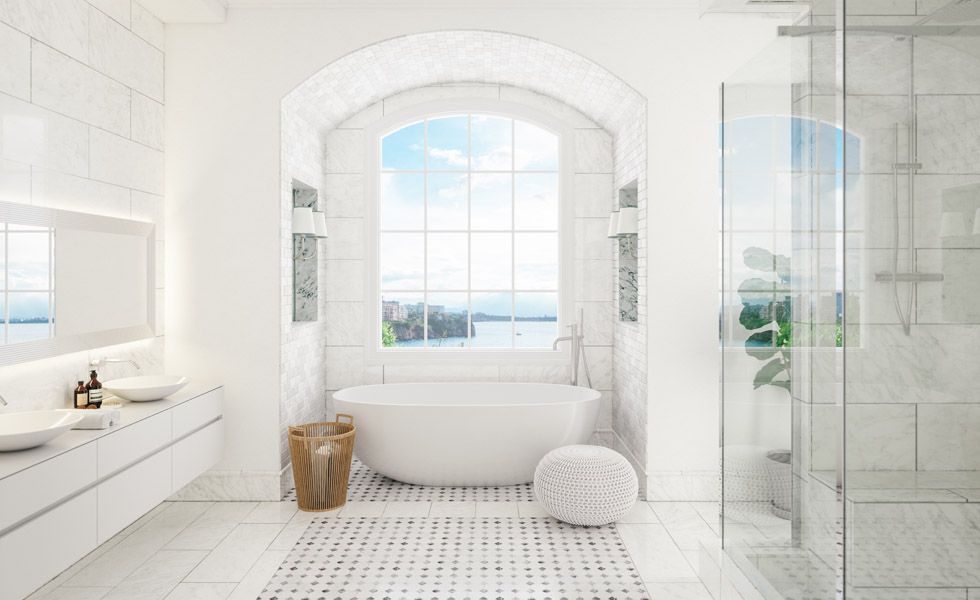


















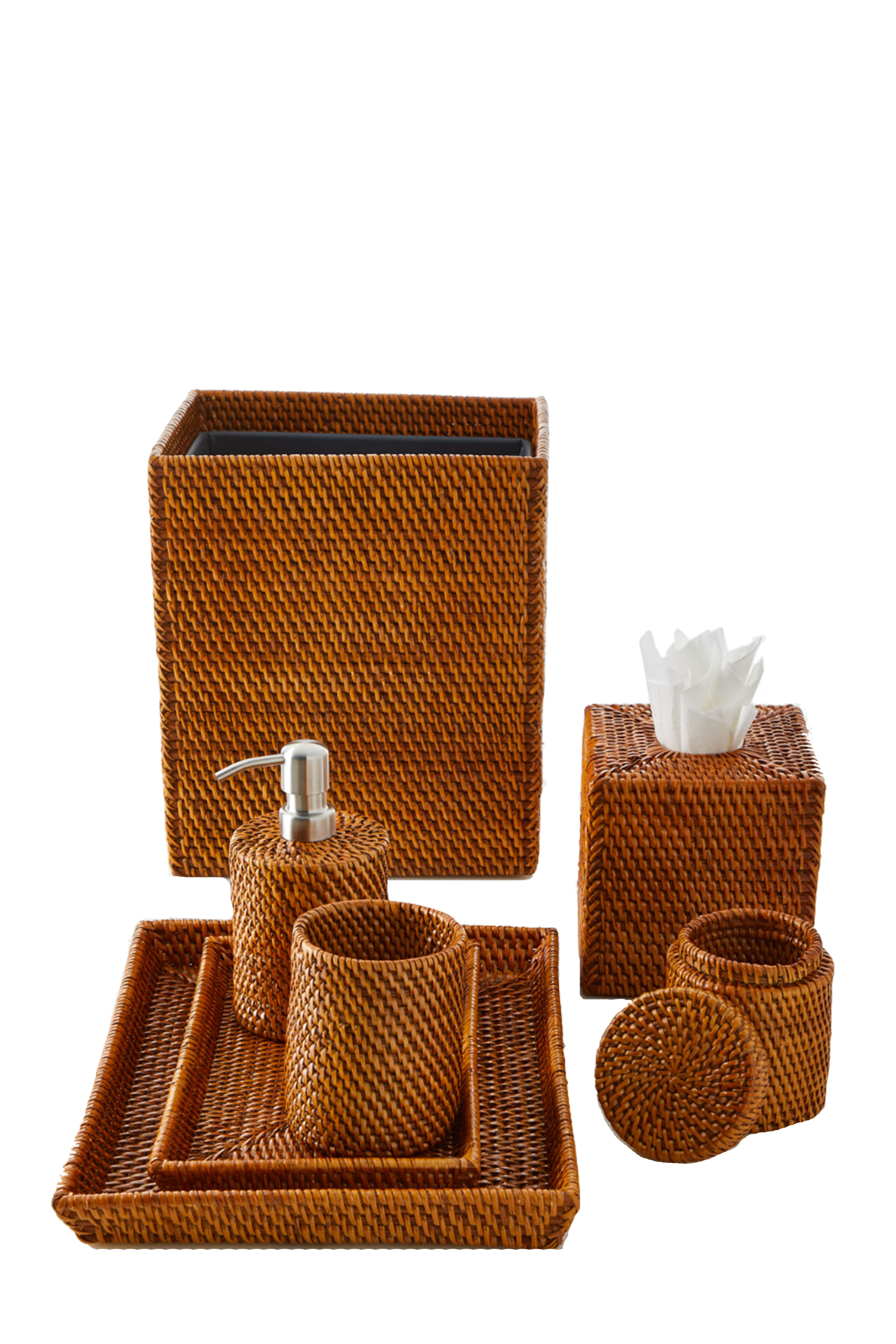









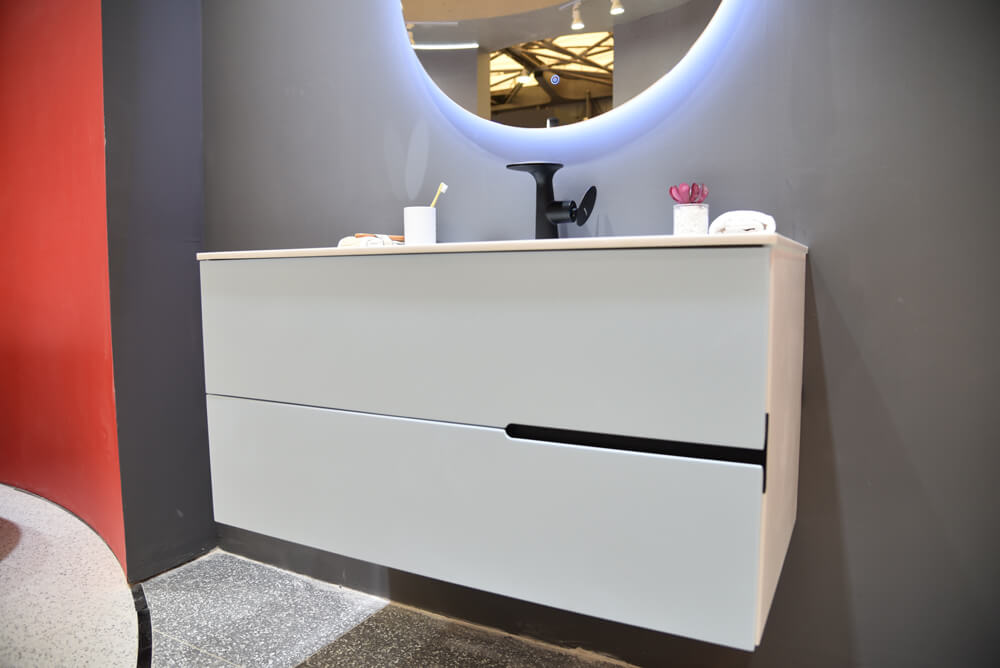





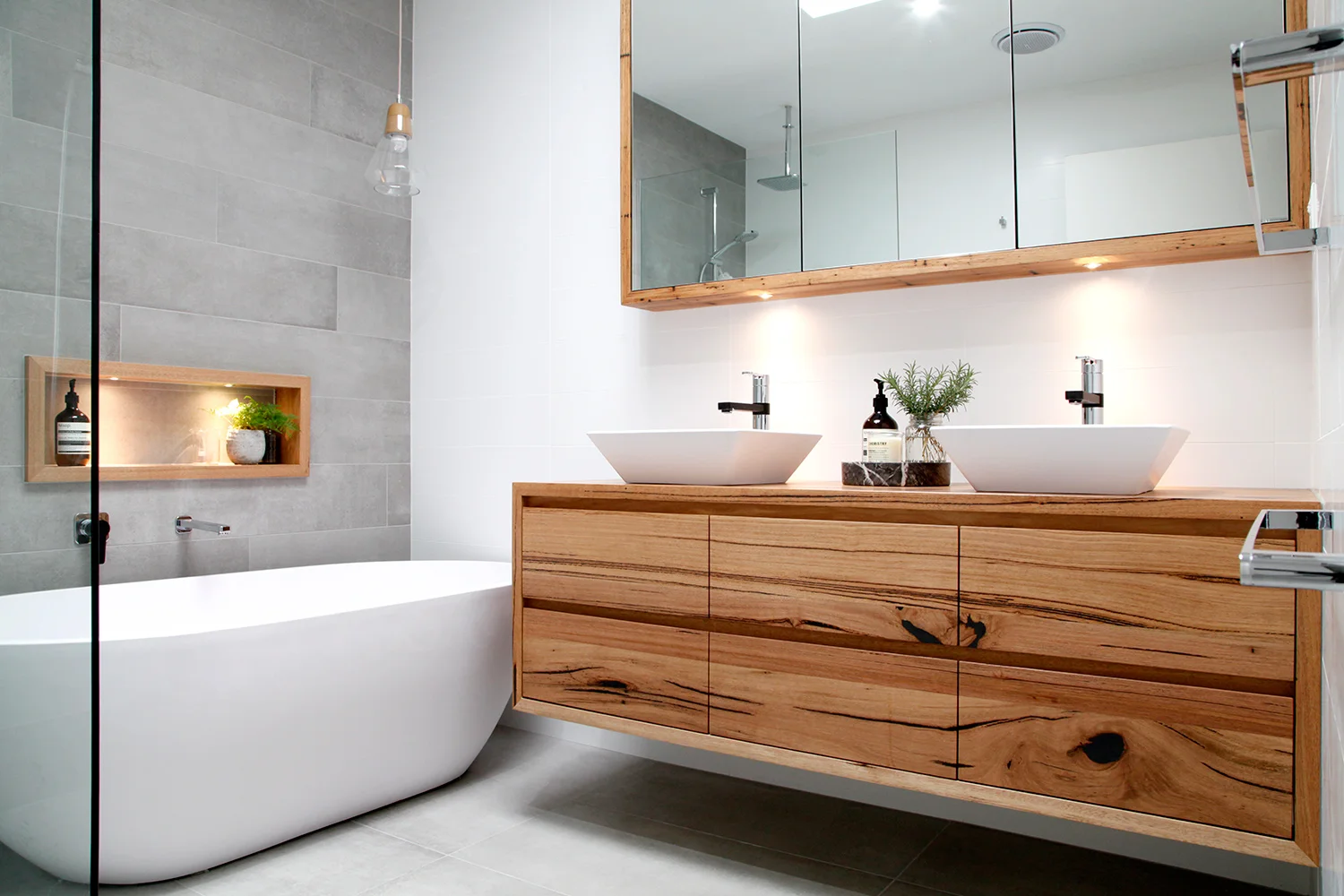

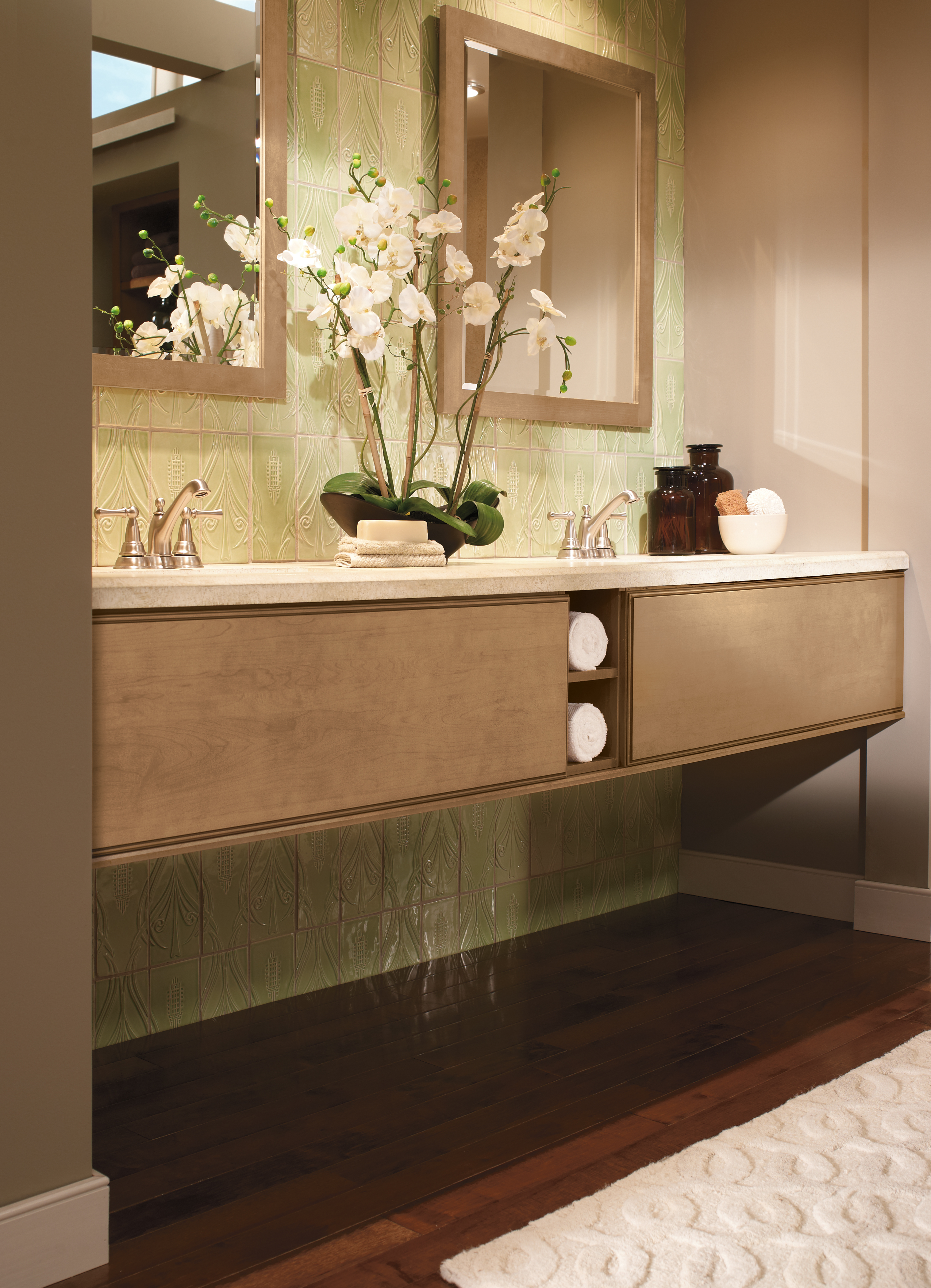

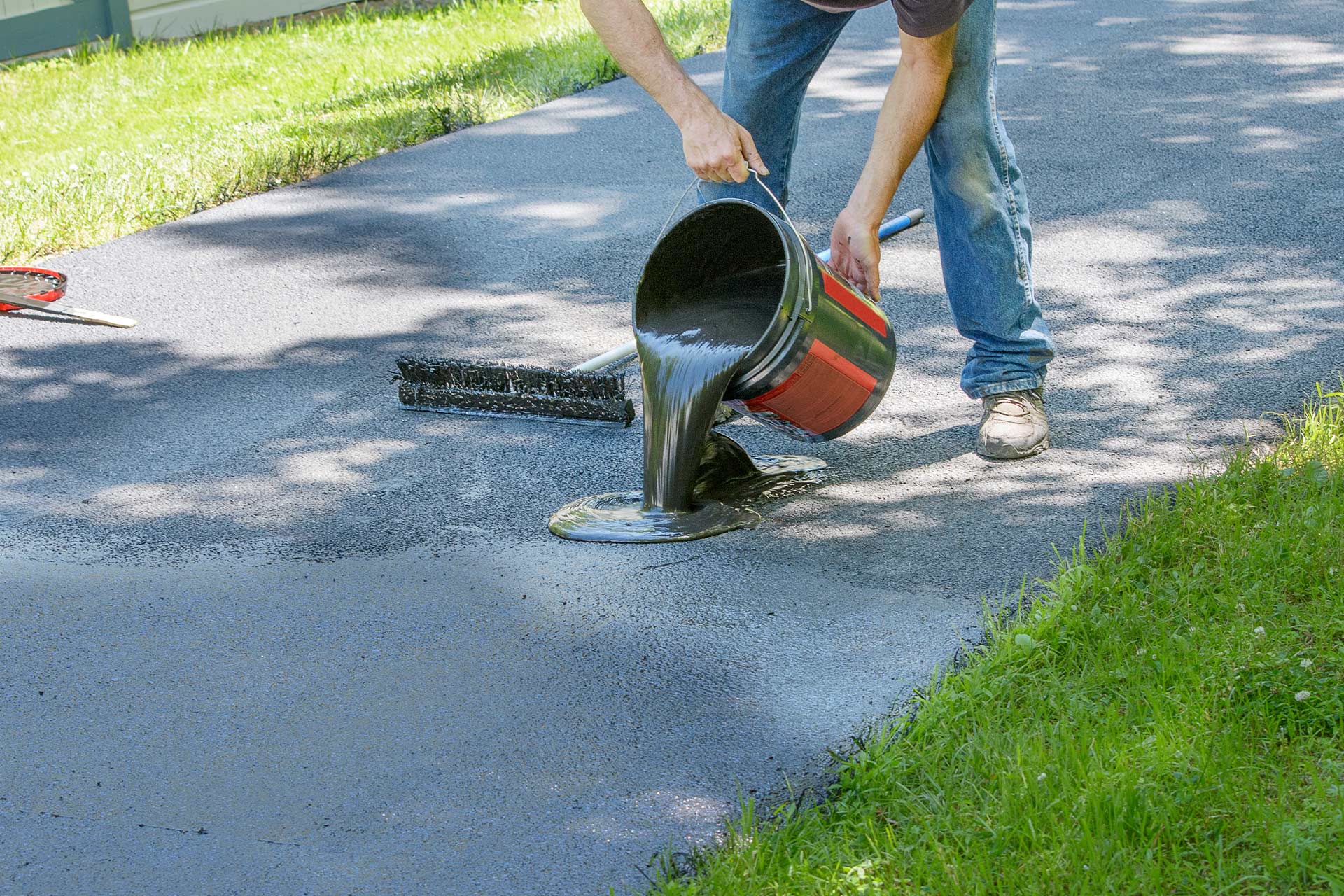
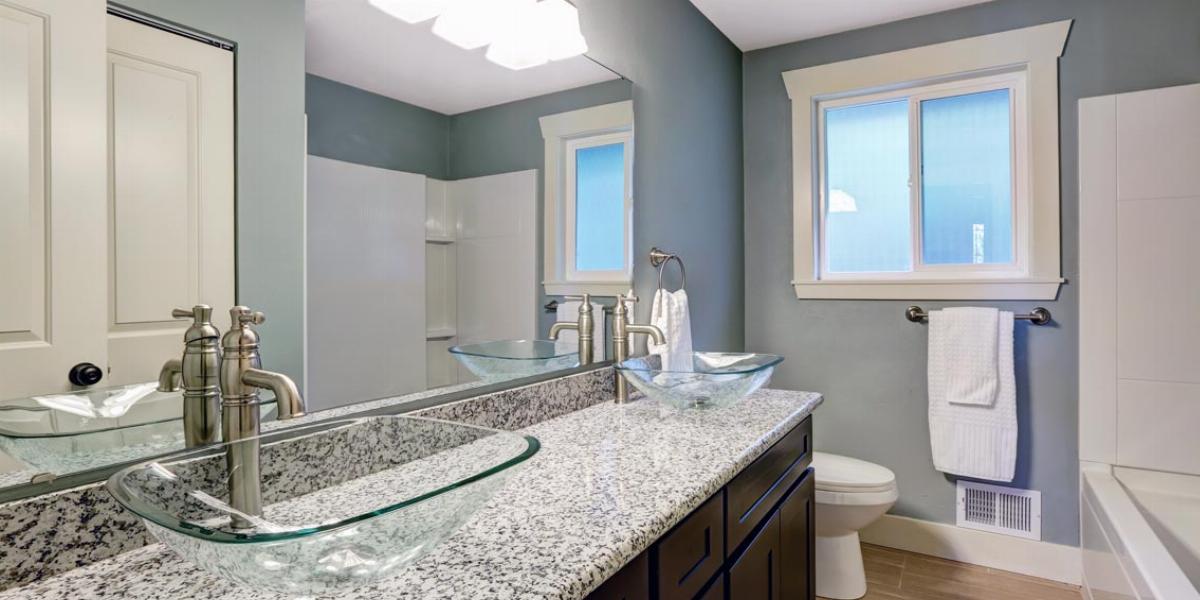
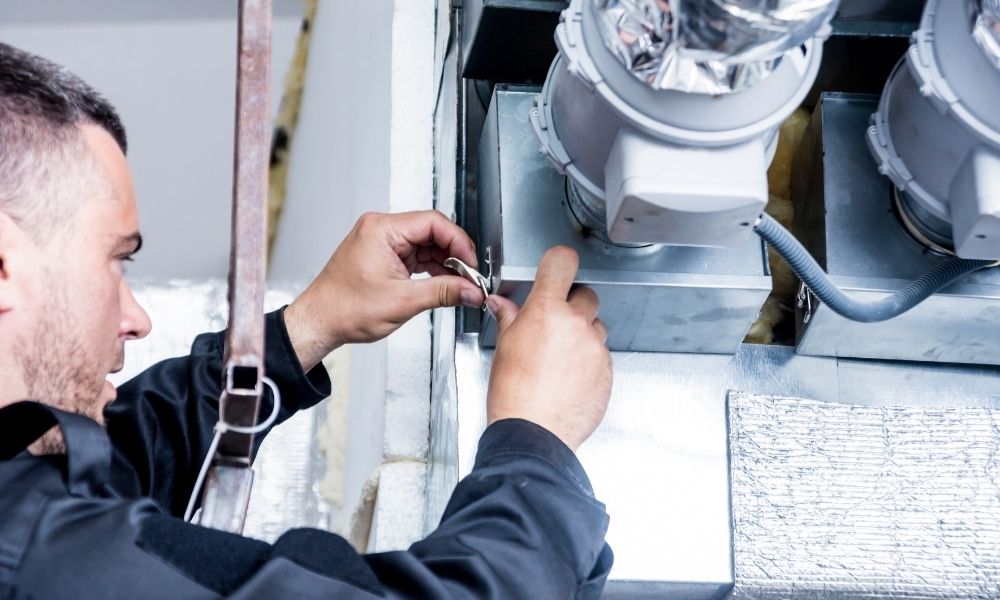

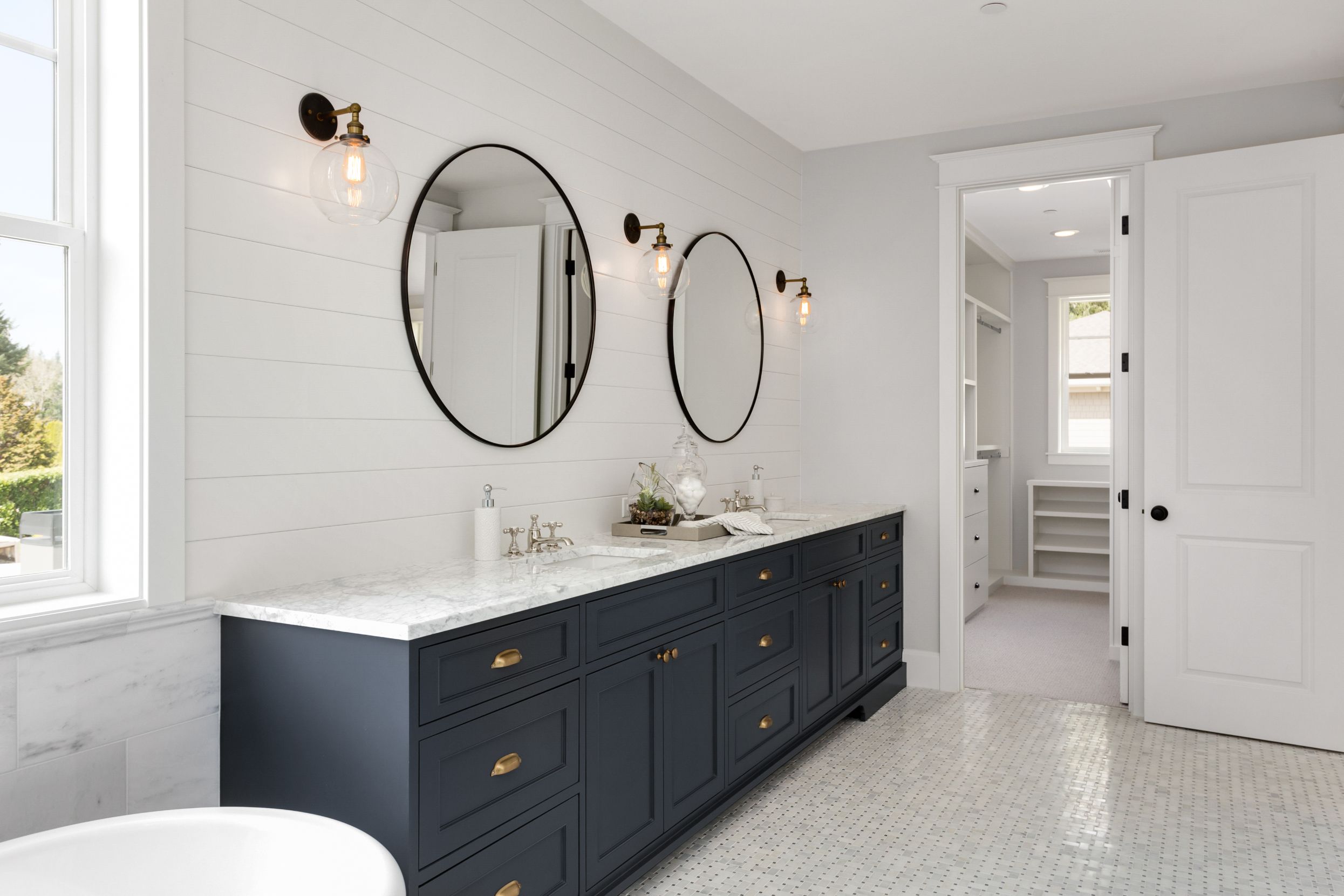
:max_bytes(150000):strip_icc()/diy-vs-professional-bathroom-remodeling-1821243-hero-37c289e8302a4d0586cedb55d96ebe8a.jpg)





